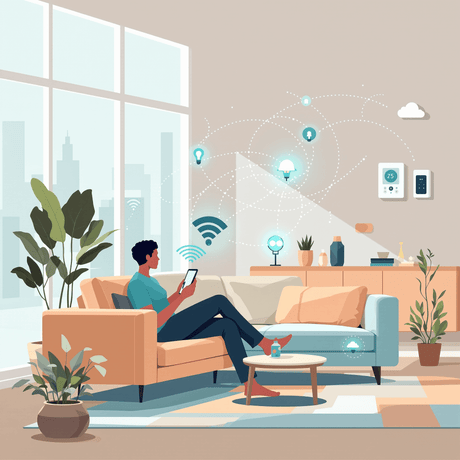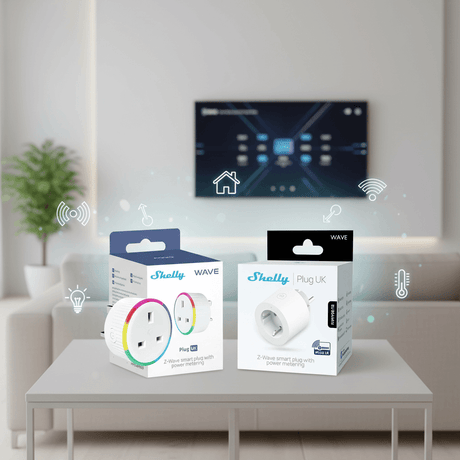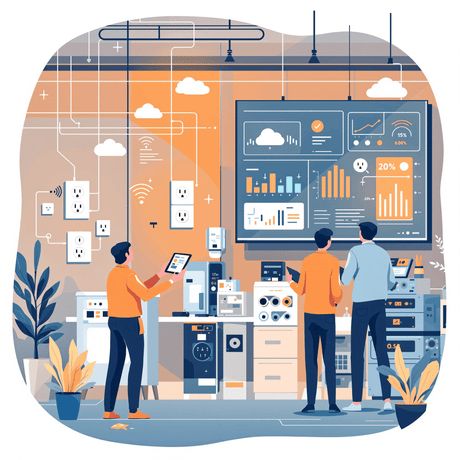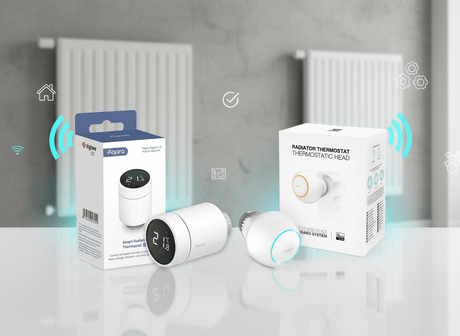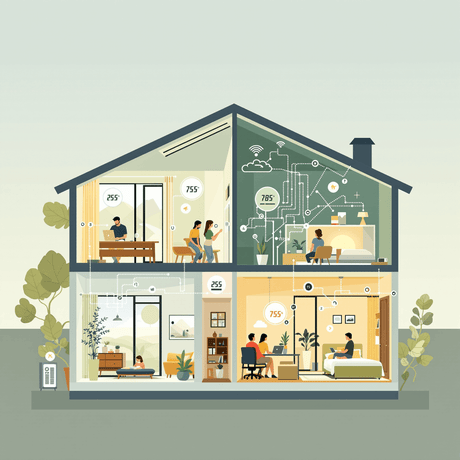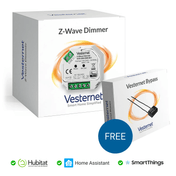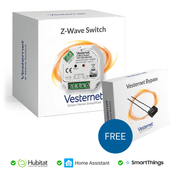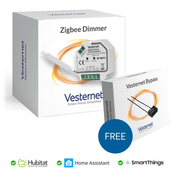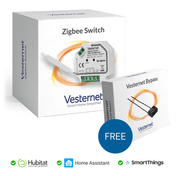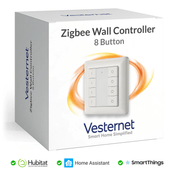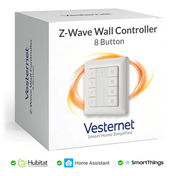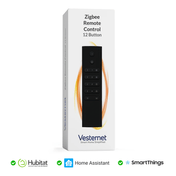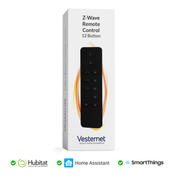The smart home landscape is experiencing rapid evolution with new protocols and compatibility challenges emerging as homeowners seek unified control systems that work seamlessly across different device manufacturers and technologies. Traditional approaches often result in fragmented ecosystems where smart electronics from various brands struggle to communicate effectively, creating frustration and limiting the potential of home control solutions.
Modern Matter-compatible control systems provide the foundation for future-proof smart homes, offering universal device compatibility, enhanced security, and simplified integration across multiple platforms and ecosystems. This revolutionary approach to smart home matter integration eliminates the complexity of managing multiple apps and protocols whilst ensuring your investment remains relevant as technology evolves.
What this guide covers:
- Essential control system components and architecture fundamentals
- Matter protocol benefits and implementation strategies
- Selection criteria for compatible electronic devices and interfaces
- Practical implementation and future-proofing considerations
Understanding Smart Home Control System Architecture
Modern smart home control systems operate through interconnected layers of smart electronics that communicate via standardised protocols to deliver seamless automation experiences. The foundation consists of gateway controllers that serve as central command centres, coordinating communication between sensors, actuators, and user interfaces throughout your home.
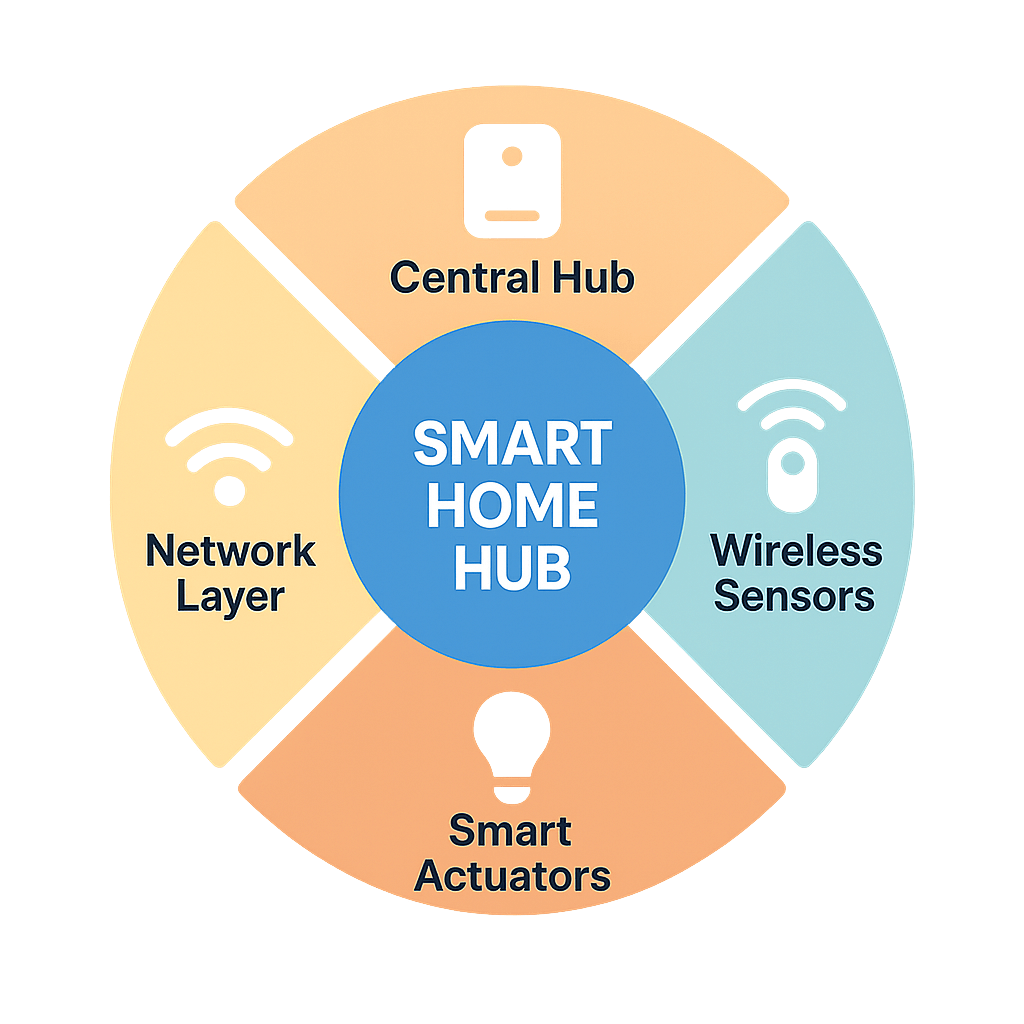
Core architectural components:
- Central hubs managing device communication and automation routines
- Wireless sensors monitoring environmental conditions and occupancy
- Smart actuators controlling lighting, heating, and motorised systems
- Network infrastructure supporting reliable data transmission
The beauty of well-designed home control architecture lies in its ability to create intelligent responses based on multiple inputs, enabling your system to learn patterns and adjust automatically to enhance comfort whilst optimising energy consumption across all connected devices.
The Matter Protocol Revolution: Why It Matters for Modern Homes
Smart home matter represents the most significant advancement in home automation interoperability, developed collaboratively by industry leaders including Apple, Google, Amazon, and Samsung. This universal standard eliminates the traditional barriers between different smart electronics ecosystems, allowing devices to work together regardless of manufacturer or platform preference.
The protocol's impact extends beyond simple compatibility, introducing enhanced security measures through device attestation and encrypted communications that protect your home network from potential vulnerabilities. Matter also simplifies the user experience by enabling single-app control and reducing the complexity of managing multiple proprietary systems.
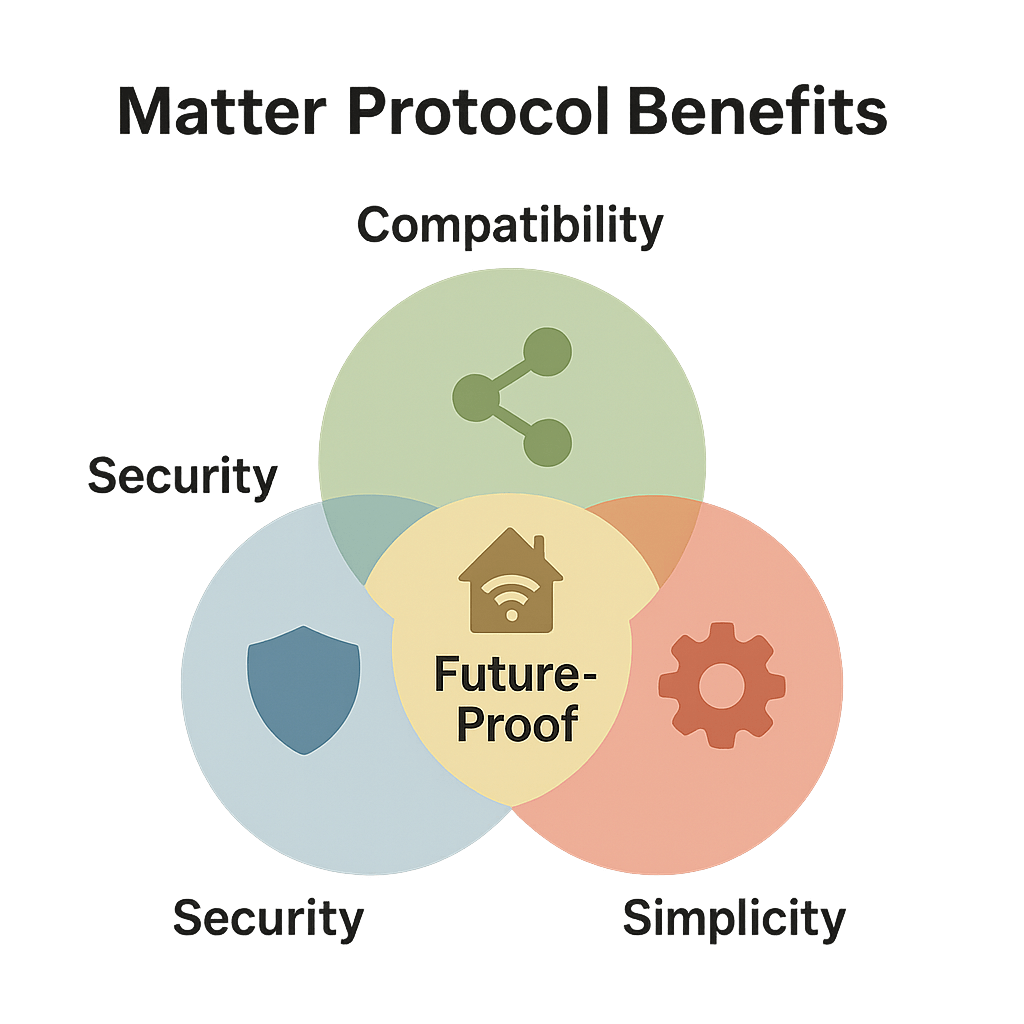
Key advantages of Matter integration:
- Universal compatibility across major smart home platforms and brands
- Enhanced security through standardised encryption and authentication
- Simplified setup procedures reducing installation time and complexity
- Future-proof investment protection as adoption continues expanding
Essential Electronic Components for Matter-Compatible Systems
Building a comprehensive smart home control system requires careful selection of compatible smart electronics that work harmoniously within the Matter ecosystem. Gateway controllers serve as the central intelligence, whilst wireless dimmers provide intuitive lighting control and energy monitoring devices offer insights into consumption patterns.
Primary system components:
- Gateway controllers managing multi-protocol communication and automation
- Wireless dimmer modules offering precise lighting control and energy efficiency
- Motor controllers enabling automated blinds, curtains, and ventilation systems
- DIN rail modules providing industrial-grade reliability for critical applications
Modern energy monitoring devices integrate seamlessly with home control systems to provide real-time consumption data, enabling automated responses that optimise efficiency and reduce costs. These components form the foundation for intelligent energy management that responds to occupancy patterns, time schedules, and external conditions.
Gateway Controllers and Multi-Protocol Hub Selection
Selecting the right gateway controller represents one of the most critical decisions in smart home planning, as this central hub determines your system's capabilities, reliability, and expandability. Modern controllers support multiple protocols simultaneously, including Matter, Z-Wave, and Zigbee, ensuring compatibility with existing devices whilst providing pathways for future expansion.
Remote access capabilities enable monitoring and control from anywhere, whilst local processing ensures continued operation even during internet outages. Consider device capacity, processing power, and built-in backup features when evaluating controllers for your specific requirements.
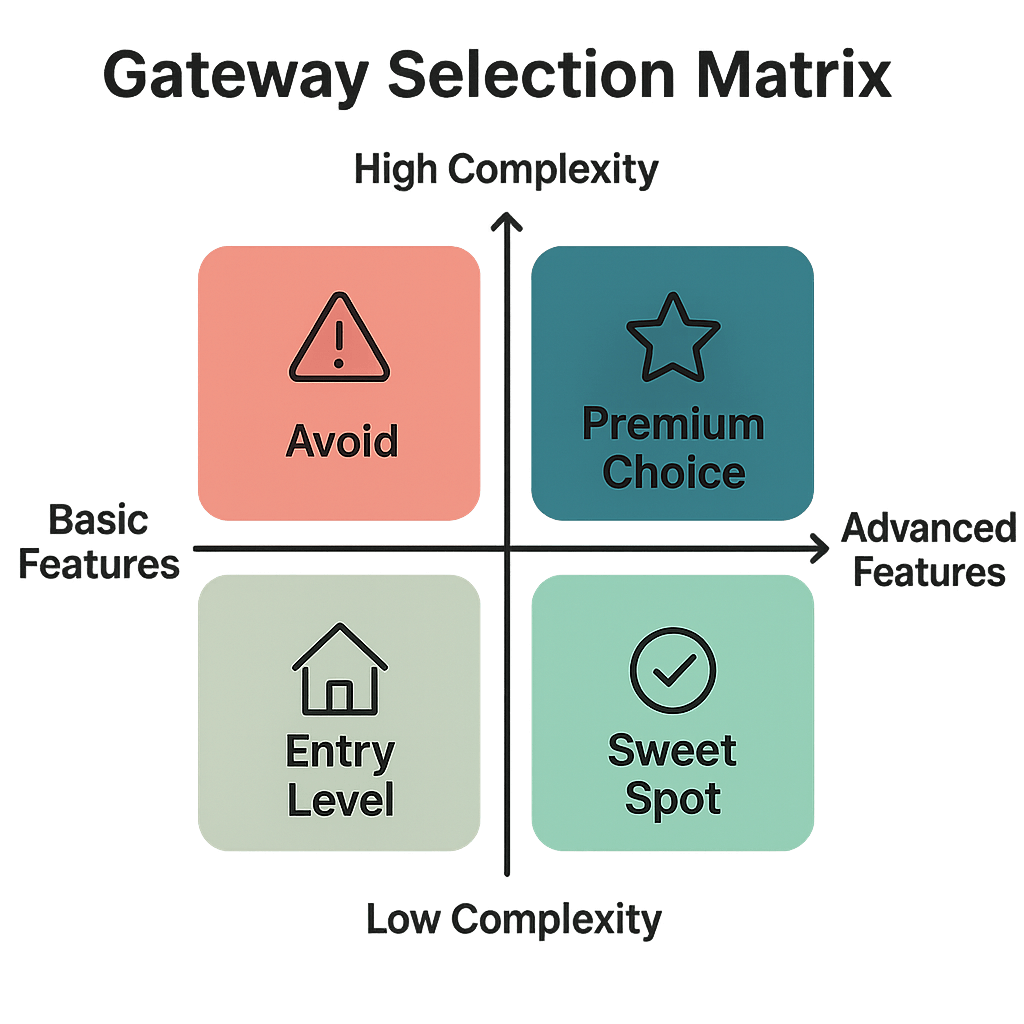
Essential selection criteria:
- Multi-protocol support ensuring broad device compatibility
- Adequate device capacity for current and future expansion needs
- Reliable remote access with local backup processing capabilities
- Regular firmware updates supporting emerging standards and security
Advanced Control Interfaces: Remote Controllers and User Experience
User interfaces define the daily interaction experience with your home control system, making the selection of remote controllers and control panels crucial for long-term satisfaction. Modern handheld controllers offer customisable scene management, allowing single-button activation of complex lighting and environmental settings tailored to specific activities or times of day.
Interface design considerations:
- Ergonomic button layouts supporting intuitive operation without training
- Customisable scene programming for personalised automation experiences
- Battery life optimisation ensuring reliable operation between charging cycles
Advanced interfaces incorporate LED feedback systems and tactile responses that provide immediate confirmation of commands, whilst wireless connectivity ensures placement flexibility without compromising functionality. These smart electronics become natural extensions of your daily routines, enhancing convenience without introducing complexity.
Power Management and Energy Intelligence Systems
Intelligent energy management transforms smart home matter systems into powerful tools for cost reduction and environmental responsibility. Real-time monitoring devices track consumption patterns across individual circuits, enabling automated responses that reduce waste whilst maintaining comfort and convenience throughout your home.
Integration with home control systems enables sophisticated energy-saving strategies, such as automatically reducing lighting in unoccupied areas, optimising heating schedules based on occupancy patterns, and managing high-consumption appliances during off-peak periods to minimise electricity costs.
Energy intelligence features:
- Real-time consumption monitoring with historical trend analysis
- Automated load management reducing peak demand and costs
- Predictive algorithms optimising comfort whilst minimising waste
- Integration with renewable energy sources and battery storage systems
Implementation Planning and System Design Best Practices
Successful smart home control implementation begins with comprehensive network planning that ensures reliable communication between all smart electronics whilst maintaining security and performance. Consider wireless range limitations, interference sources, and device placement strategies that optimise signal strength and minimise dead zones throughout your property.
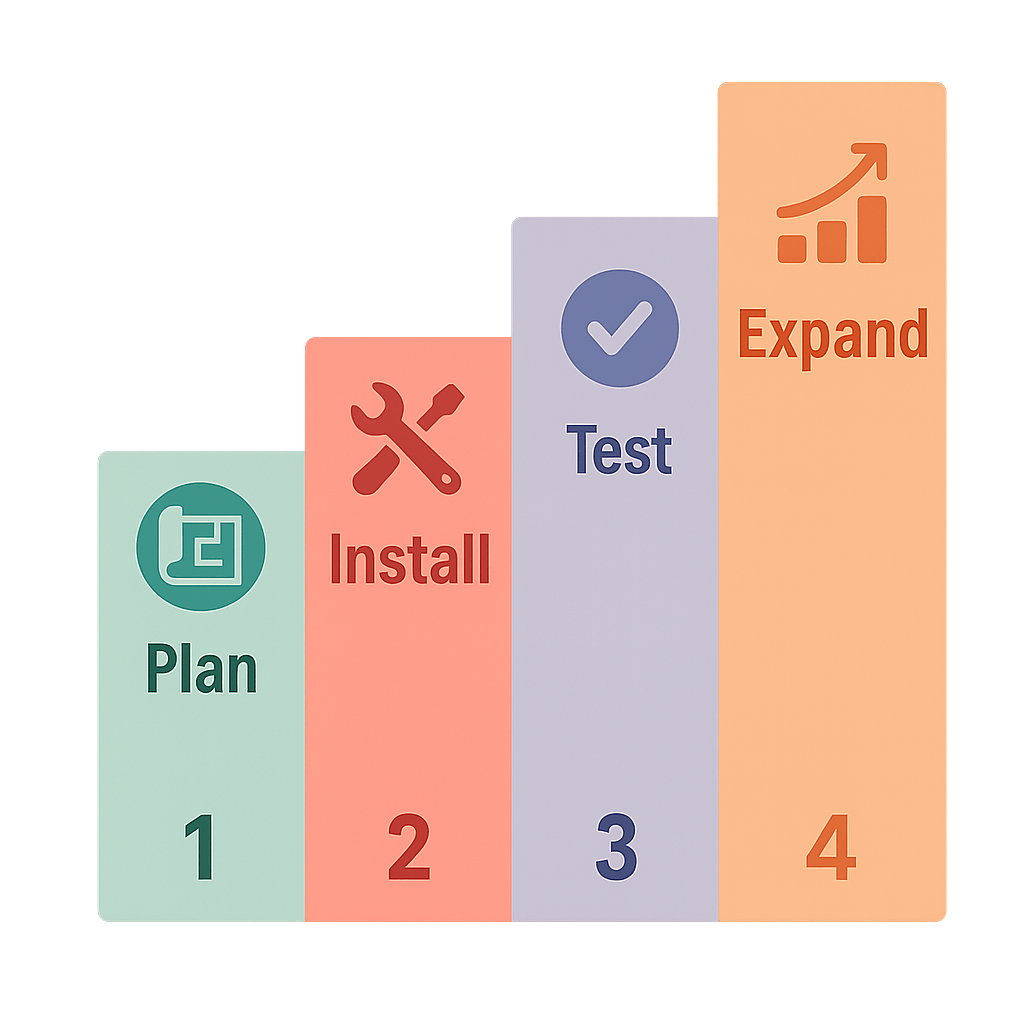
Planning fundamentals:
- Network topology design ensuring comprehensive coverage and redundancy
- Security configuration implementing robust authentication and encryption
- Scalability planning accommodating future device additions and upgrades
Professional installation considerations include cable routing for wired components, electrical safety compliance, and integration with existing building systems. Start with core zones such as main living areas, then expand gradually to secondary spaces as you gain experience with system operation and identify additional automation opportunities.
Future-Proofing Your Smart Home Investment
The smart home matter ecosystem continues evolving rapidly, with new device categories and enhanced capabilities emerging regularly. Investing in systems with proven upgrade paths and manufacturer commitment to ongoing development ensures your home control infrastructure remains current and valuable as technology advances.
Emerging trends include artificial intelligence integration for predictive automation, enhanced voice control capabilities, and improved energy management features that respond to dynamic electricity pricing. Select smart electronics from manufacturers with strong development roadmaps and active community support to maximise long-term value.
Future-ready investment strategies:
- Choose systems with documented upgrade paths and active development
- Prioritise open standards over proprietary protocols for maximum flexibility
- Plan infrastructure capacity exceeding current needs for expansion opportunities
- Monitor industry developments to identify beneficial upgrade timing
Conclusion
Smart home control systems with Matter compatibility represent the future of home automation, offering unprecedented interoperability, security, and user experience. The key benefits include simplified device integration, enhanced system reliability, and the confidence that your investment will remain compatible with emerging technologies.
Starting your smart home journey requires careful planning and selection of quality components that will grow with your needs. Begin by assessing your current requirements, then gradually expand your system with compatible devices that align with your lifestyle and automation goals.
Ready to explore Matter-compatible electronics for your smart home? Vesternet offers expert guidance and a comprehensive range of gateway controllers, remote interfaces, energy management solutions, and advanced control components. Browse our collections to discover the perfect foundation for your intelligent home ecosystem, with support from our technical specialists every step of the way.


